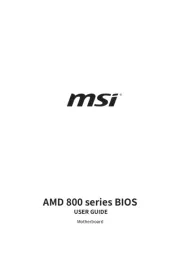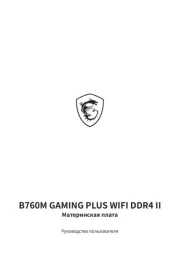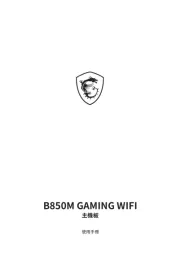Gigabyte X299-WU8 Manual
Læs gratis den danske manual til Gigabyte X299-WU8 (136 sider) i kategorien Bundkort. Denne vejledning er vurderet som hjælpsom af 11 personer og har en gennemsnitlig bedømmelse på 4.4 stjerner ud af 6 anmeldelser.
Har du et spørgsmål om Gigabyte X299-WU8, eller vil du spørge andre brugere om produktet?

Produkt Specifikationer
| Mærke: | Gigabyte |
| Kategori: | Bundkort |
| Model: | X299-WU8 |
Har du brug for hjælp?
Hvis du har brug for hjælp til Gigabyte X299-WU8 stil et spørgsmål nedenfor, og andre brugere vil svare dig
Bundkort Gigabyte Manualer



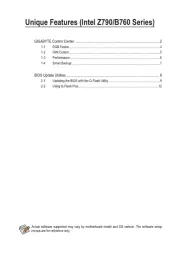

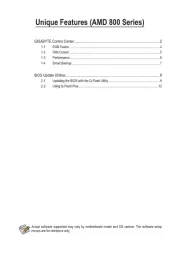




Bundkort Manualer
Nyeste Bundkort Manualer






